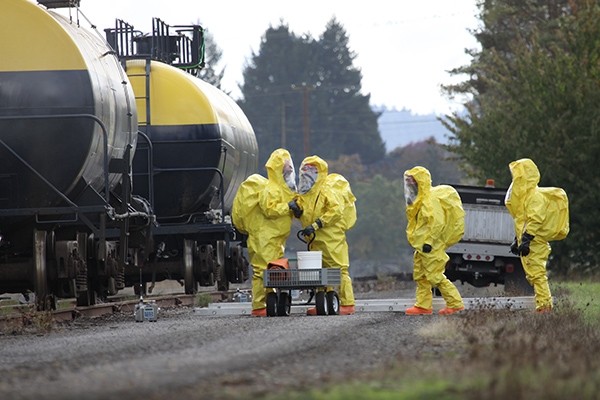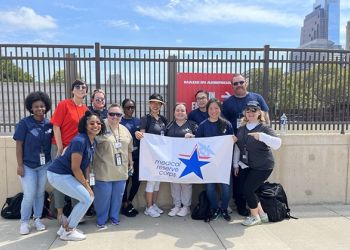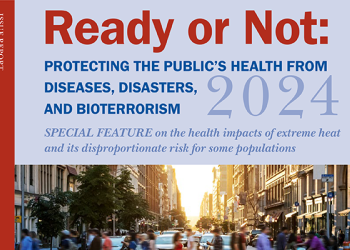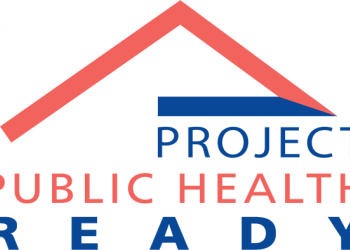FEMA’s 2022 National Household Survey on Disaster Preparedness showed that 70% of people were unprepared for a chemical emergency. The recent derailment of a train containing hazardous chemicals helps to illustrate why local communities should take steps today to be prepared for such events.
Current CDC/ATSDR Involvement in Trail Derailment Incident in Ohio
The CDC/Agency for Toxic Substances and Disease Registry (ATSDR) is working closely with the U.S. Environmental Protection Agency (EPA) and the Ohio Department of Health and the Pennsylvania Department of Health to assess the public health impact of the train derailment in East Palestine, Ohio. CDC/ATSDR has a team on the ground in Ohio to provide technical assistance and assess public health needs. NACCHO staff is available to help answer questions local health departments may have about CDC involvement in this response. Contact us at [email protected] to get started.
Resources for Local Health Departments
To follow are resources to help local health departments prepare for chemical emergencies.
- CDC: Preparation and Planning for Chemical Emergencies
- Training: Medical Management of Chem, Bio, Radiological, Nuclear, and Explosive Events
- FEMA Training: An Introduction to Hazardous Materials
- ASPR: CHEMPACKs
- National Strategy for Chemical, Biological, Radiological, Nuclear, and Explosives (CBRNE) Standards
- ASPR TRACIE: CBRNE Resources
- FEMA: Key Planning Factors and Considerations for Response to and Recovery from a Chemical Incident
- FEMA: Tools for Chemical, Biological, Radiological and Nuclear (CBRN) Hazards
- FEMA: Hazardous Materials Incidents Guidance for State, Local, Tribal, Territorial, and Private Sector Partners
- HHS: The Golden First Minutes — Initial Response to a Chemical Hazardous Materials Incident
- CDC: Resources for Community Members









